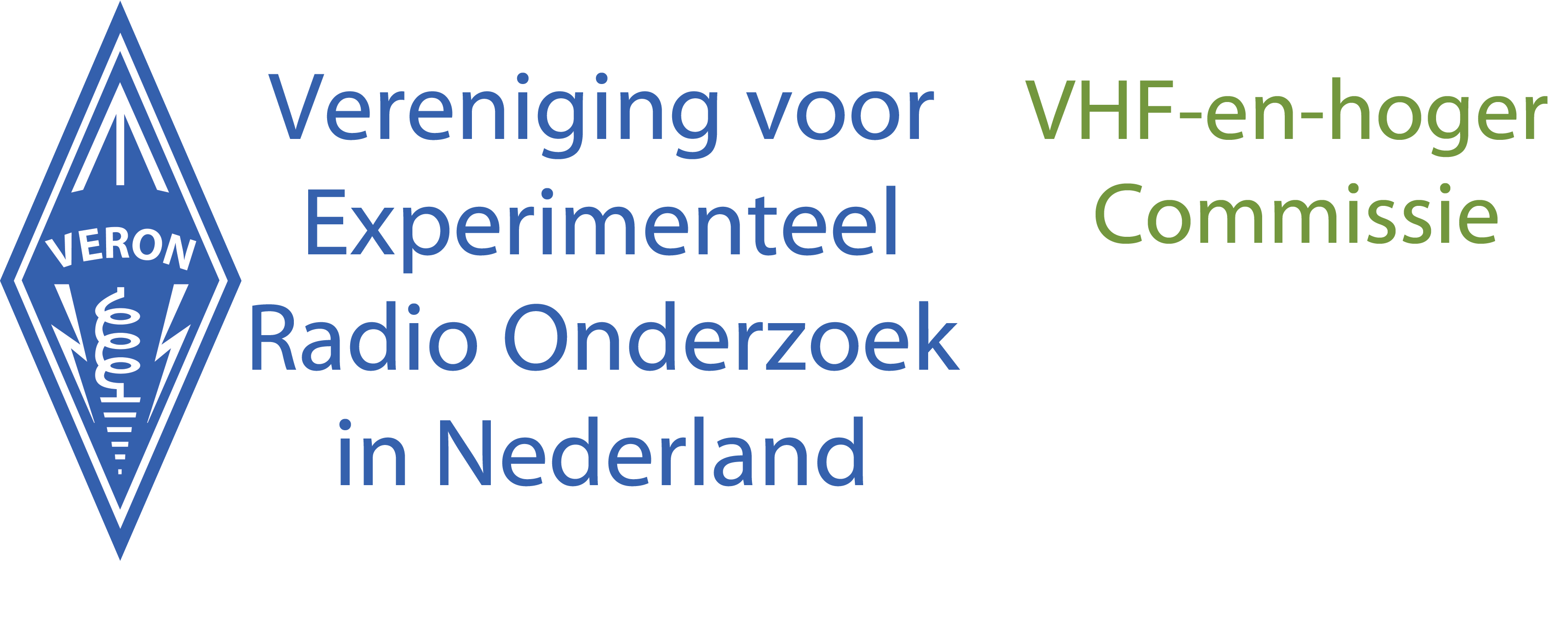Onderwerp: ARISS
Er is weer een ARISS schoolcontact op komst. Dit keer met het ESA Space Camp 2016, in Lenk, Switzerland
De astronaut Takuya Onishi KF5LKS gaat vragen beantwoorden van deelnemende kinderen van het ESA Space Camp 2016 dat in Lenk, Switzerland, wordt gehouden. Het contact moet op maandag 25 juliom ongveer 12:46 UTC starten en duurt ongeveer 10 minuten.
De verbinding is dit keer een telebridge verbinding met het ARISS grondstation van W6SRJ, in Santa Rosa, Californie, USA.
Dat houdt in dat wij de verbinding niet live kunnen horen, echter Gianpietro Ferrario, IZ2GOJ is bij de school aanwezig en verzorgt een live video stream via internet.
ARISS meldt de onderstaande gegevens voor het Space Camp en de te stellen vragen.
73’s Bertus
Presentation:
The ESA Space Camp is a summer camp organized by the European Space Agency
at KUSPO, “Kurs und Sportzentrum” in Lenk, Switzerland. For two weeks,
youngsters receive space education and making an ARISS contact with an
astronaut in space will be a highlight in the program. The program covers
space and exploration, such as looking at Rosetta’s final operations as well
as at planet Earth and its uniqueness in the universe. A ham radio expert
will explain to the children how we communicate with the crew on the ISS.
Signals from space will not be audible in Europe, but the event will be
streamed.
Participants will ask as many of the following questions as time allows:
1. Theo, 10: If one astronaut is very ill, can a “space-ambulance” be sent
to bring the astronaut back to earth?
2. Wolfram, 10: How do you clean the air of the ISS
3. Alice, 12: I would like to know if a person with severe hearing problem
who is equipped with the cochlear implant, like me, is able to become
astronaut. Thank you.
4. André, 11: Once you are in the ISS, which part of the Earth you like the
most to fly over and why?
5. Daniel, 13: What physical changes do you notice with your body whilst you
are in space?
6. Marta, 11: Is it necessary to have medical knowledge to become Astronaut?
Because you shall give yourself an injection!
7. Ludovica, 12: Since the astronauts on board of ISS see many sunrises and
sunsets every day, how do they cope with sleeping and day/night cycles?
8. Gemma, 12: What is the most interesting thing on Earth that you have seen
from space?
9. Benjamin, 13: What is going through your mind during launch?
10. Emil, 10: For how long do the supplies in food and oxygen last on board
the ISS?
11. Ariane, 8: In case of a vital emergency issue inside the ISS that
requires the evacuation of the ISS, which are your escape options? Was it
ever used for real in the past?
12. Daniela, 10: How do you feel when you go to work outside the space
station?
13. Kai, 11: If you knew that going to space was dangerous, why did you
decide to go?
14. Kelvin, 9: What is the first thing you want to do when you arrive back
to Earth?
15. Adèle, 9: When you go out of the station to repair something for
instance, what would happen if the cable connecting to the ISS break? What
does the crew in the station have to do to avoid that you go in deep space?
16. Gabriel, 12: Have you ever thought of the dangers that can happen in
your space missions?
17. Tiago, 9: What is the most exciting part of the travel to the ISS?
18. Eline, 12: What do you typically do during your free time at ISS? And do
you ever get bored?
19. Thibaut, 15: How much sport do you have to practice to keep muscle tonus
and avoid bones degradation?
20. Bergitte, 11: Do the astronauts onboard the ISS have the meals together?
21. Eduardo, 10: Have you ever felt loneliness or have you ever been afraid
of staying outside in the space?
22. Lucia, 11: What happens if an astronaut gets a cavity (toothache) when
at the Station?
